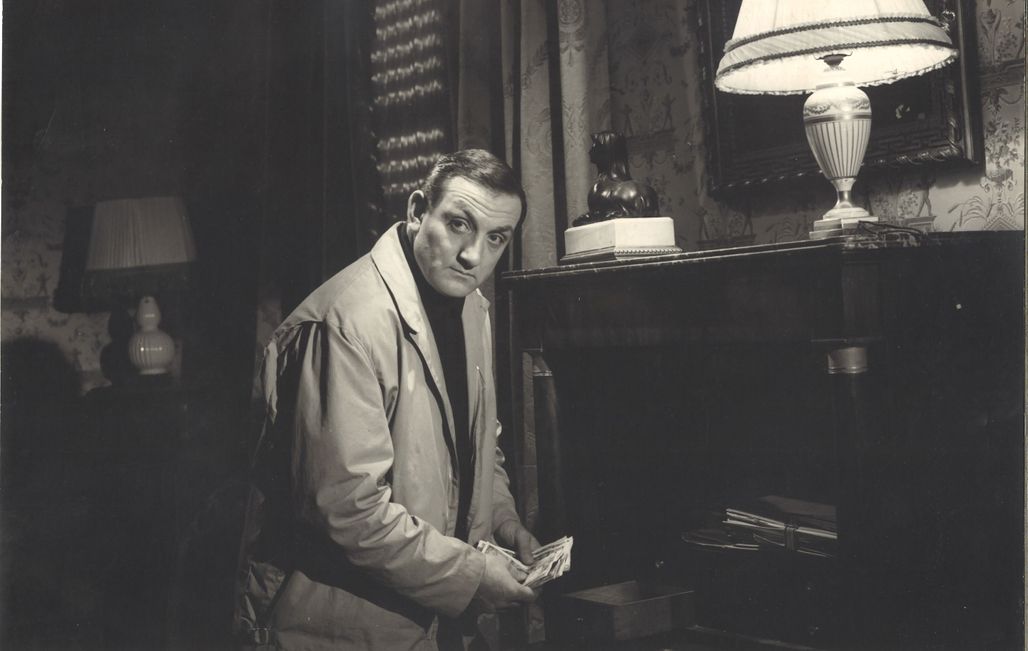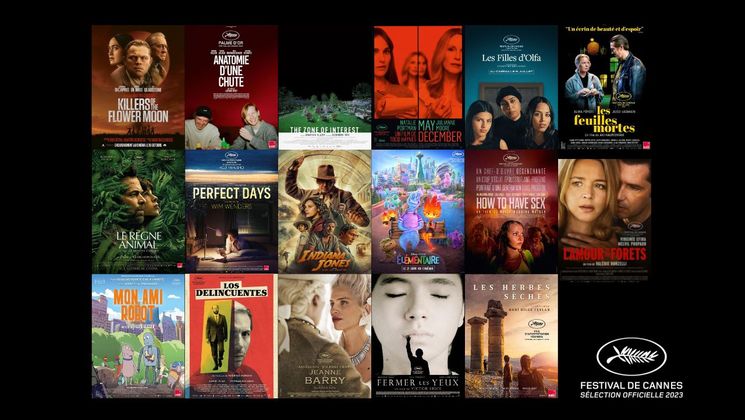
Gilles Grangier, a particular kind of thriller

In 125 rue Montmartre, Gilles Grangier sends Lino Ventura off in a detective thriller with a social theme that presents an astute picture of the Parisian lower class at the end of the 1950s.
Pascal (Lino Ventura) is a taciturn newspaper seller who lives a quiet life in Paris, between his job, his meet-ups at the corner pub and his nights in the arms of his mistress. One day, he saves a stranger from drowning. This stranger, a man named Didier (Robert Hirsch), gets Pascal involved in a murky criminal affair.
In 1959, Gilles Grangier had already directed thirty-four films in his sixteen-year career when he took on the film adaptation of 125 rue Montmartre, a critically acclaimed novel by André Gillois that had been published that same year. With the advent of French New Wave cinema, the prolific filmmaker was at the heart of one of the most seminal eras of his filmography, dedicated to film noir.
Going beyond a simple transcription of the novel's police intrigue, Grangier had the ambition of depicting the atmosphere of the Parisian lower class, without becoming sordid, through the life of a newspaper seller. To achieve this effect, he conducted detailed research into the decors of this feature film along with the gallery of minor characters.
“This is something I have always tried to do. People need to understand how these guys live, how they eat, how they have sex .”
The dialogue in the film was finely chiseled by Michel Audiard, contributing to the realistic and rhythmic adaptation that the filmmaker was aiming for.
For 125 rue Montmartre, Gilles Grangier distanced himself from the American influence on the genre and adopted the precepts of the French detective thriller, where each phase of the filmmaking, from the staging to the montage, is meticulously thought out. This humanistic film, eclipsed at the time of its release by the eclosion of New Wave cinema, is masterfully borne by Robert Hirsch and Lino Ventura, who took advantage of this role of a gruff man with a tender heart to break away from his image as an eternal bruiser.


